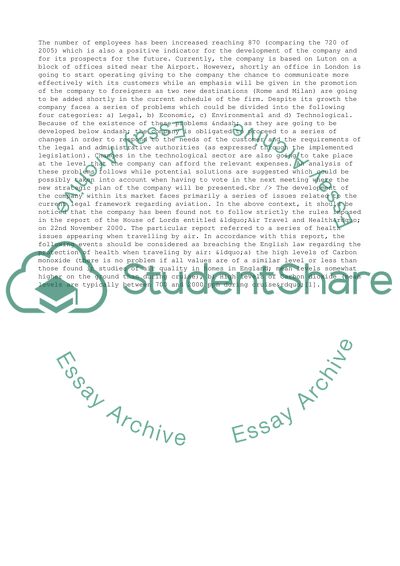Cite this document
(Business Overview of Hellium Airlines, Influences on the Case Study, n.d.)
Business Overview of Hellium Airlines, Influences on the Case Study. Retrieved from https://studentshare.org/business/1707692-external-influences
Business Overview of Hellium Airlines, Influences on the Case Study. Retrieved from https://studentshare.org/business/1707692-external-influences
(Business Overview of Hellium Airlines, Influences on the Case Study)
Business Overview of Hellium Airlines, Influences on the Case Study. https://studentshare.org/business/1707692-external-influences.
Business Overview of Hellium Airlines, Influences on the Case Study. https://studentshare.org/business/1707692-external-influences.
“Business Overview of Hellium Airlines, Influences on the Case Study”. https://studentshare.org/business/1707692-external-influences.


